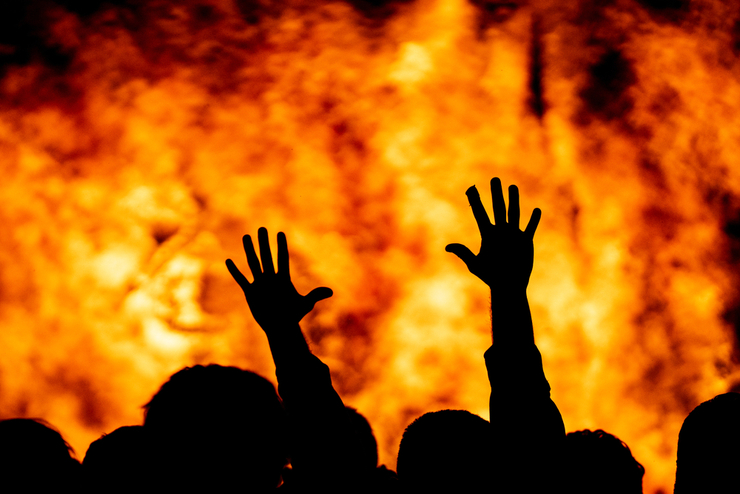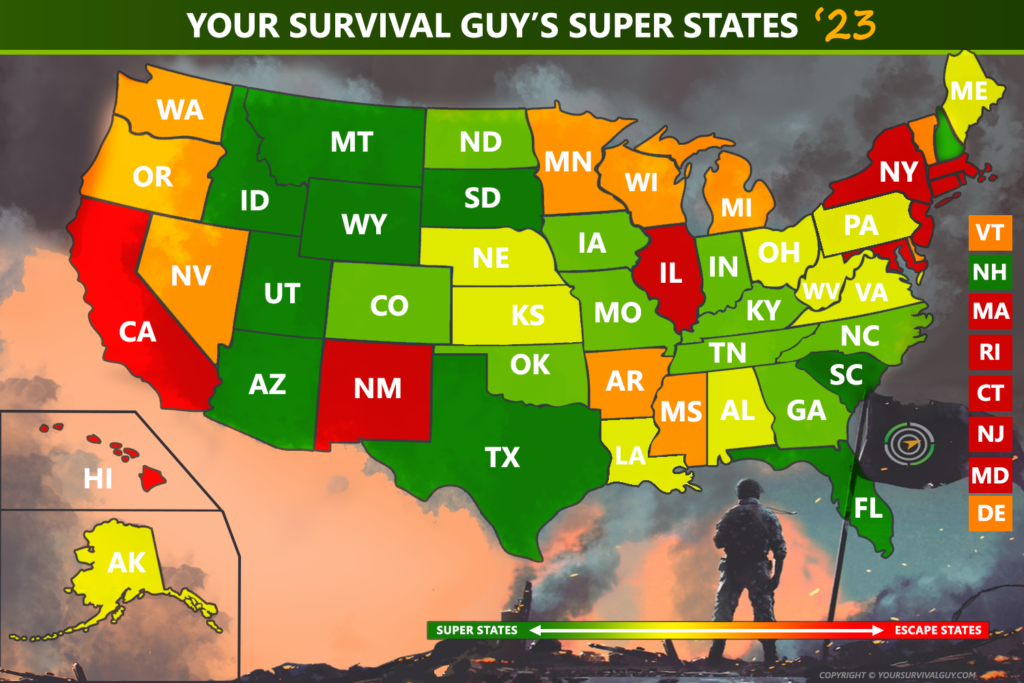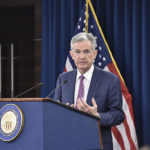Americans fled big cities in 2020. But it wasn’t just fears of Covid that pushed them out. That summer, radical politicians and activists encouraged a bout of criminal chaos in cities like Minneapolis, Seattle, and Portland (to name only a few). In the wake of the crime wave, downtowns have become the home to masses of homeless addicts. Konrad Putzier reports in The Wall Street Journal:
The median drop in foot traffic across 52 major U.S. city centers since 2019 was 26%, according to an analysis of cellphone data in June by the University of Toronto’s School of Cities.
A sense of desolation discourages many downtown workers from showing up at the office, accelerating the closure of shops and restaurants. Failure to arrest the decline risks the loss of remaining residents and businesses, as well as tax revenue, in a downward spiral that could take U.S. cities decades to escape, said Stijn Van Nieuwerburgh, a real-estate professor at Columbia Business School. “This is a narrow path.”
The remote-work era could reduce the value of New York City office buildings and nearby retail properties by 42.5%, potentially reducing city tax revenue by 6.2%, Van Nieuwerburgh and two other economists estimated in a recent study. Other cities with significant numbers of office towers face similar losses.
The central business district in Minneapolis, as in other cities, was mostly built to serve the 9-to-5 office economy. Hotels largely hosted business travelers. Nightlife was spare. Downtown foot traffic has fallen by 44% as of June compared with the same period in 2019, the University of Toronto found, the third-biggest drop among the 52 cities, putting Minneapolis behind only St. Louis and Louisville, Ky.
Some cities have been pushing to remake their downtown districts for years and know the many obstacles: Few office buildings can be converted to housing. Downtowns don’t easily accommodate family life. Crime fears keep people in the suburbs. No one wants to be downtown if nobody else is.
Experts say the U.S. is at a turning point similar to when factories disappeared from city centers during the 20th century’s workplace transformation and left steel-and-glass office towers as the primary economic engines.
The revival efforts, both public and private, are so far small compared with the challenge of getting more people to live downtown. A half-century ago, Minneapolis bulldozed blocks of low-rise apartments adjacent to downtown and replaced them with parking lots for the new office towers.
“We’re going to have to work on creating spaces down there that are appealing to people on weekends,” said George Sherman, a longtime Minneapolis developer who is trying to convert downtown offices to apartments. “Right now, that’s hard to imagine. But part of our job is to imagine them 10 years out.”
Action Line: The hard truth about cities like Minneapolis is that former residents watched their politicians put criminals’ interests ahead of those of the law-abiding residents, and now the trust is broken. If you can’t trust your politicians, it may be time to look for a better America. Start your search with Your Survival Guy’s 2023 Super States. Then, click here to subscribe to my free monthly Survive & Thrive letter.
E.J. Smith - Your Survival Guy
Latest posts by E.J. Smith - Your Survival Guy (see all)
- How to Bring “1+1=3” into Your Life and More - May 3, 2024
- Prior Planning, with Help from the Concierge - May 3, 2024
- Tour Cunard’s QM2 - May 3, 2024
- Your Survival Guy’s Atlantic Crossing - May 2, 2024
- Is the Fed Campaigning for Biden? - May 2, 2024















